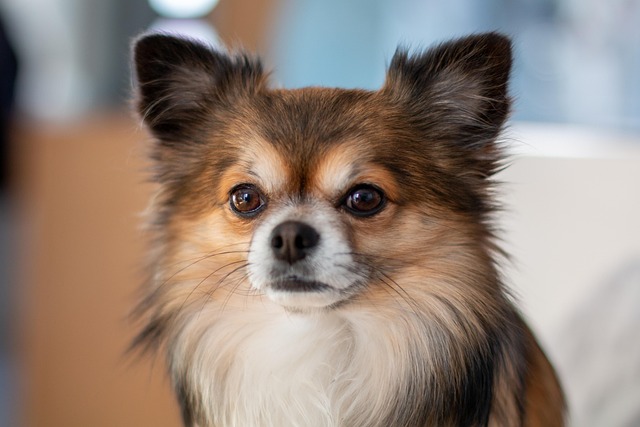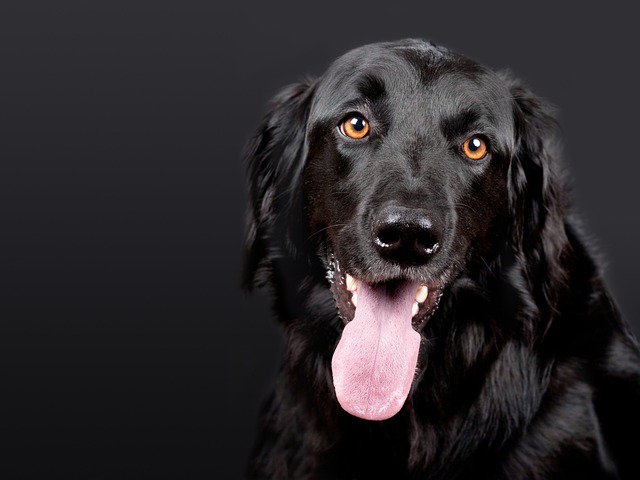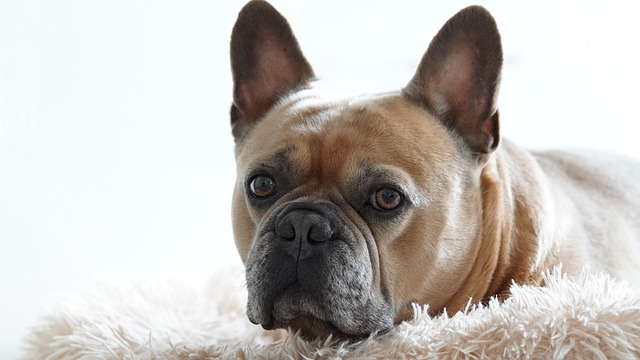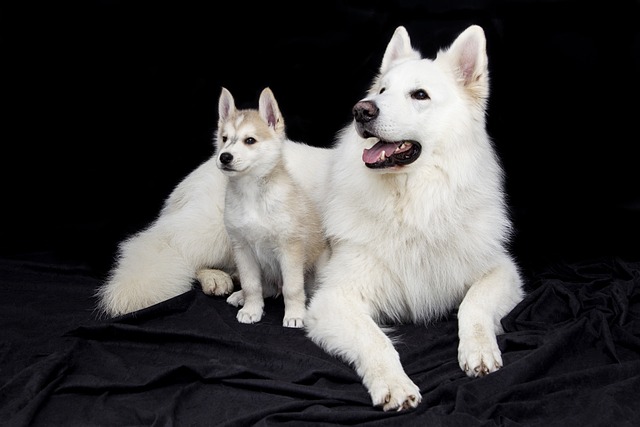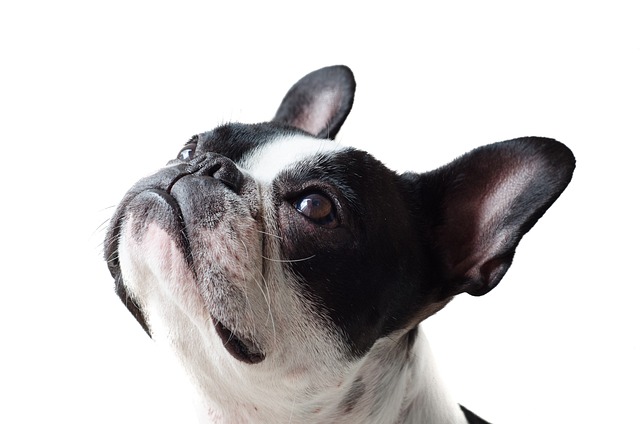Dogs love showing off small tricks, and “shake hands” is one of the easiest to teach—plus it’s a hit at neighborhood barbecues or dog park meetups. Start when your pup’s in a calm mood, not right after a walk when they’re still bouncing off the couch. Grab their favorite soft treats—something small, so they don’t get full mid-session. I use freeze-dried chicken bits for my Lab; they’re tiny enough to keep training moving, and she goes crazy for them.
Sit on the floor or a low chair, and call your dog over to sit beside you—if they don’t know “sit” yet, teach that first (it builds focus). Once they’re settled, gently take their paw in your hand and lift it slightly, saying “shake” in a bright, happy voice. Hold it for a second, then give them a treat and lots of praise. My neighbor taught her Shih Tzu this way; it took three 5-minute sessions before he started lifting his paw on his own when she said the word.
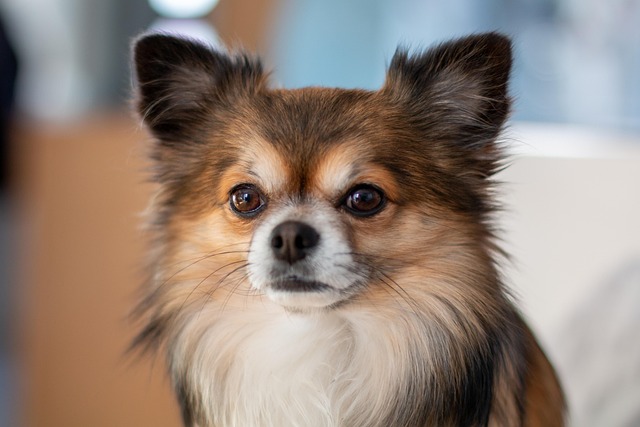 Don’t rush it—if your dog pulls their paw away or gets distracted, just pause and try again later. Short, frequent sessions (10 minutes max, 2-3 times a day) work better than one long drill. Positive reinforcement is key here—yelling or forcing their paw will make them anxious, and they’ll associate “shake” with stress. I once saw someone tug their dog’s paw too hard; the pup hid under the table and refused to come out for training the next day. Patience always wins.
Don’t rush it—if your dog pulls their paw away or gets distracted, just pause and try again later. Short, frequent sessions (10 minutes max, 2-3 times a day) work better than one long drill. Positive reinforcement is key here—yelling or forcing their paw will make them anxious, and they’ll associate “shake” with stress. I once saw someone tug their dog’s paw too hard; the pup hid under the table and refused to come out for training the next day. Patience always wins.
While “shake hands” is a fun trick, it’s also a good way to check your dog’s paws regularly—something vets recommend for catching cuts or embedded thorns early. In many areas, keeping your dog’s paws healthy ties into responsible pet ownership laws, too—neglecting injuries could lead to complaints or even fines. I make it a habit to glance at my dog’s paws every time we practice “shake”; last month, I found a tiny burr before it caused irritation.
Once your dog gets the hang of it, mix things up—try saying “shake” when you’re standing up, or when guests come over (just make sure your dog’s comfortable first). Some dogs even learn to “shake” with either paw if you guide them. If you take your dog to obedience classes (a common way to socialize pups in many towns), “shake hands” is a great trick to show off to the trainer—they’ll love seeing your progress.
Teaching your dog to shake hands isn’t just about fun; it strengthens the bond between you two and keeps them engaged. Plus, it’s a gentle way to practice focus, which helps with other training—like walking nicely on a leash or coming when called. Whether you’re showing off at the dog park or just spending a quiet evening at home, that little paw lift will always make you smile—and your dog will love the attention and treats that come with it.
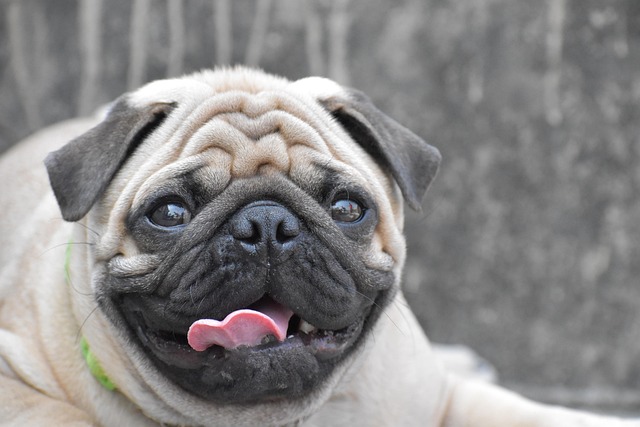
 Don’t rush it—if your dog pulls their paw away or gets distracted, just pause and try again later. Short, frequent sessions (10 minutes max, 2-3 times a day) work better than one long drill. Positive reinforcement is key here—yelling or forcing their paw will make them anxious, and they’ll associate “shake” with stress. I once saw someone tug their dog’s paw too hard; the pup hid under the table and refused to come out for training the next day. Patience always wins.
Don’t rush it—if your dog pulls their paw away or gets distracted, just pause and try again later. Short, frequent sessions (10 minutes max, 2-3 times a day) work better than one long drill. Positive reinforcement is key here—yelling or forcing their paw will make them anxious, and they’ll associate “shake” with stress. I once saw someone tug their dog’s paw too hard; the pup hid under the table and refused to come out for training the next day. Patience always wins.